Baseball History Comes Alive Now Ranked #2 by Feedspot Among All Internet Baseball History Websites and Blogs!
Guest Submissions from Our Readers Always Welcome!
Subscribe to my blog for automatic updates and Free Bonus Reports: “Memorable World Series Moments” and “Gary’s Handy Dandy World Series Reference Guide.”
Fred Merkle Photo Gallery
Click on any image below to see photos in full size and to start Photo Gallery:
The Tragedy of Baseball Scapegoats
As many of you are aware, the Cubs attempted to right an gross injustice by awarding Steve Bartman a World Series ring. This was certainly a step in the right direction, but this token gesture can hardly heal the incalculable harm that has been inflicted upon this good man who happens to be a devoted, lifelong baseball fan. The last thing we ever want to see is someone’s life negatively affected at a ball game because he did what every other fan has been doing for decades: he went for a foul ball. It could have happened to any of us, and it’s just plain wrong.
The focus on Steve Bartman got me thinking about others who have become “scapegoats.” Probably the most notorious was Fred Merkle who committed a base running “gaffe” on September 23, 1908 in an important game during the ’08 pennant race. There have been many books written about this incident, but the best in recent years was written by my friend Mike Cameron, who, tragically, passed away six weeks ago. Mike saw the injustice done to another good man and, over 100 years later, wanted to right an historic wrong.
Click on the link to see a photo tribute to Fred Merkle: http://wp.me/p7a04E-zS
A while back I wrote a review of Mike’s book: “Public Bonehead, Private Hero.” Here’s a few excerpts:
Author Mike Cameron has written a moving account of perhaps the most infamous play in baseball history in which teenaged rookie Fred Merkle failed to touch second base following an apparent game-ending hit. It cost the Giants a victory and possibly the 1908 pennant. A vindictive New York media labeled him with the cruel epithet “bonehead,” a slander that haunted him for the rest of his life.
In spite of this handicap, Fred Merkle went on to have a solid 16-year major league career in which he hit .273 in 1,637 games, amassing 1579 hits, 720 RBI, and 271 stolen bases. He retired after baseball to a life of quiet dignity as a devoted husband, father, and successful businessman. Cameron includes rare interviews with Fred Merkle’s closest living relatives who reveal quite explicitly the pain that the Merkle family has endured even to this day.
We learn that Fred Merkle was hardly a “bonehead.” He spoke two languages, studied philosophy, history and advanced algebra. He played the piano and violin, and was considered an expert in both chess and bridge. Giants’ manager John McGraw rarely consulted anyone except Merkle on questions of baseball strategy.
Fred Merkle’s failure to touch second base was considered customary at the time. When National League President Harry Pulliam changed the ruling following the eerily similar “Gill game” of September 4, he failed to disseminate his decision. This ambiguity set the stage for the tragic chain of events of which Fred Merkle was the ultimate victim. Hall-of-Fame umpire Bill Klem came to Merkle’s defense:
“Johnny Evers talked a great and good umpire, Hank O’Day, into making the worst decision in the history of baseball. The intent in this rule applied to infield grounders and such. It did not apply to cleanly hit drives to the outfield that make a force-out impossible unless the runner on first drops dead.”
Cameron uncovers the true message of the Merkle incident: As long as we maintain our dignity, self-respect, and strength of character, we possess the innate ability to overcome many of life’s adversities. As Cameron writes in the emotional conclusion to his Preface: ‘Strength to overcome adversity…that is the enduring legacy of Fred Merkle’s life.
Visit Our Web page: “Baseball History Comes Alive!” now with over 111K hits!:
http://wp.me/P7a04E-2he
Gary Livacari
Photo Credits: All from Google search
Information and statistics from the Fred Merkle Wikipedia page.
We are a participant in the Amazon Services LLC Associates Program, an affiliate advertising program designed to provide a means for us to earn fees by linking to Amazon.com and affiliated sites. Click here to view Amazon’s privacy policy

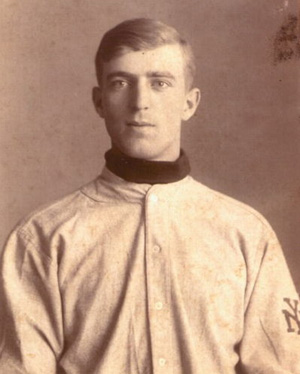
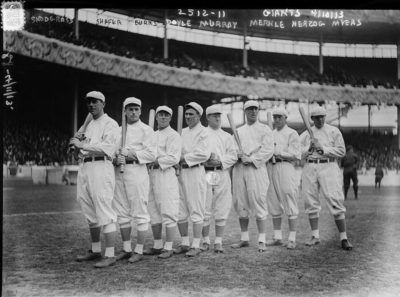

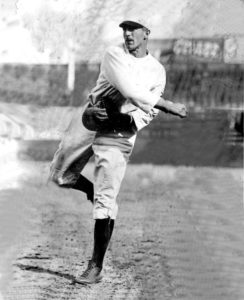
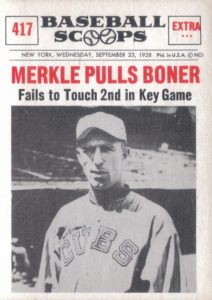
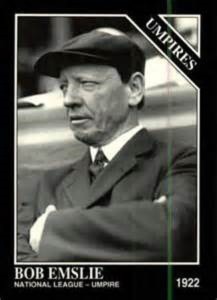
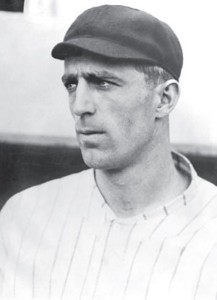
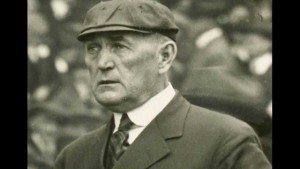
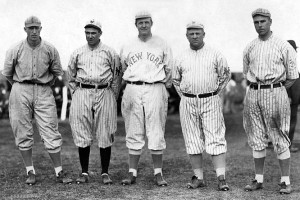
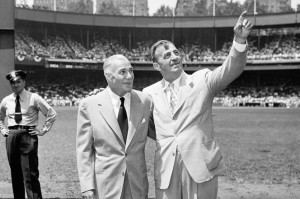
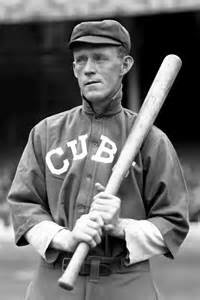
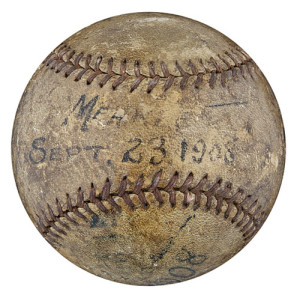
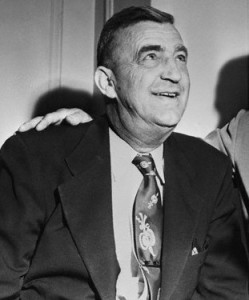
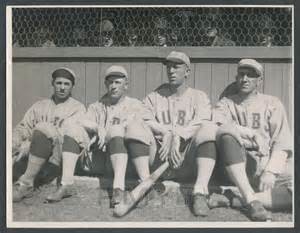

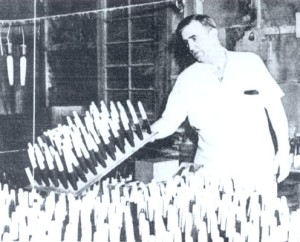
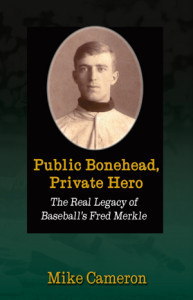
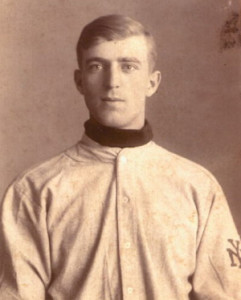
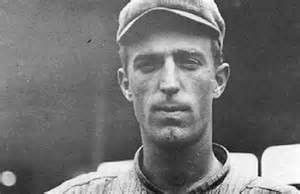
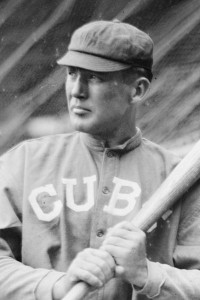
The “New York headline after the Merkle game” is dated 1928 and has a photo of Merkle when he was a member of the Cubs in 1918; it is not a newspaper article from 1908.